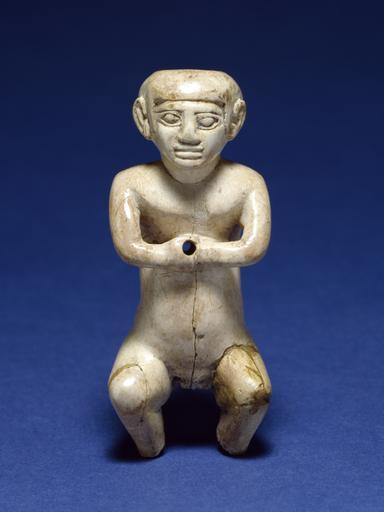MAKE A MEME
View Large Image

| View Original: | Egyptian_-_Statuette_of_a_Male_Dwarf_-_Walters_71504.jpg (1349x1799) | |||
| Download: | Original | Medium | Small | Thumb |
| Courtesy of: | commons.wikimedia.org | More Like This | ||
| Keywords: Egyptian - Statuette of a Male Dwarf - Walters 71504.jpg Dwarfs played an important role in Egyptian society Dwarfism-a genetic condition characterized by unusually short stature and shortened limbs-is frequently represented in Egyptian tomb reliefs and statues and the remains of dwarfs have been found in tombs associated with the royal cemeteries Dwarfs could hold important positions in the administration of the ancient Egyptian government they also worked as jewelers and performed in special rituals in which they were called god's dancers Some were believed because of their unusual appearance to have supernatural powers and a special relation to the gods Figurines of dwarfs were used as amulets and have been found in tombs as well as in ritual areas This statuette displays the nude figure of a dwarf His hands are clasped and resting on his chest; a cylindrical hole through the hands was once used to hold a staff A square tapering cavity has been cut into the head probably for the attachment of a headdress The feet are broken off above the ankles The knees are bent and it is possible to interpret the posture as dancing A grouped statuette of three dancing dwarfs from the Middle Kingdom which was excavated at Lisht displays similar postures ca 2200 2150 BC late Old Kingdom hippopotamus ivory cm 7 8 2 99 2 3 accession number 71 504 12950 Henry Walters Baltimore date and mode of acquisition unknown Walters Art Museum Henry Walters Acquired by Henry Walters Daily Magic in Ancient Egypt The Walters Art Museum Baltimore 2006-2007 place of origin Egypt Walters Art Museum license Ancient Egyptian statuettes in the Walters Art Museum Dwarfs in Ancient Egypt | ||||